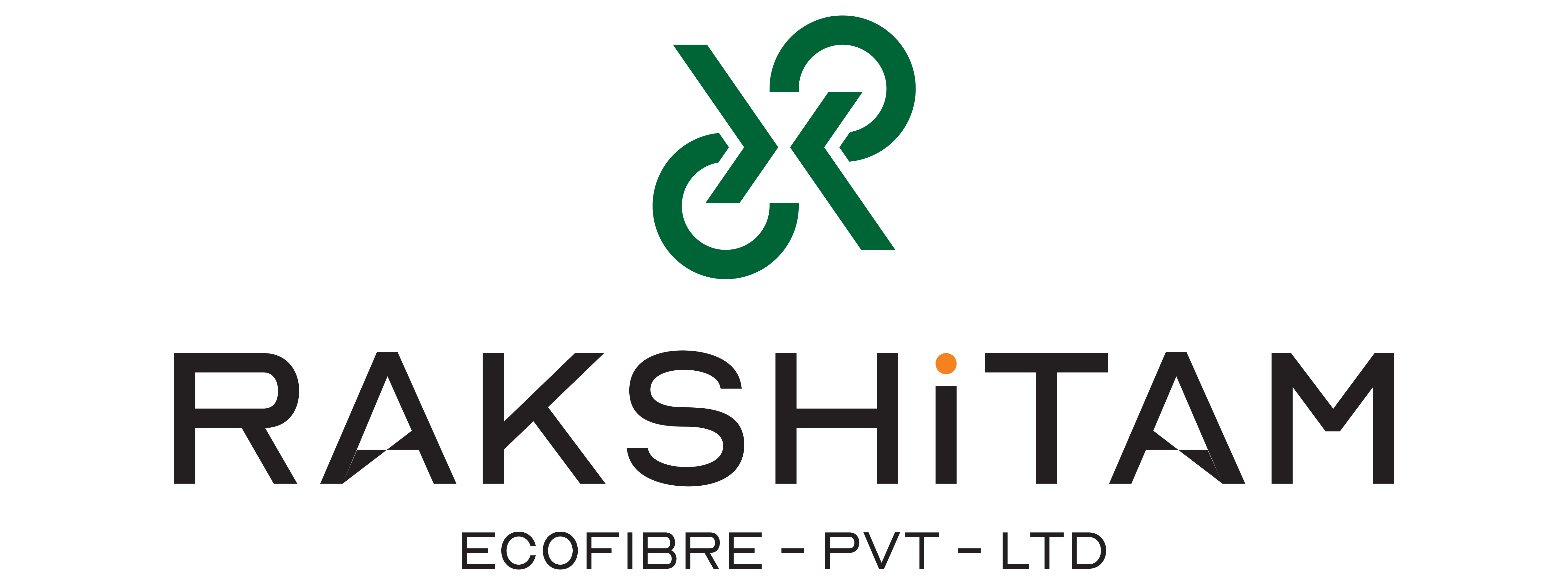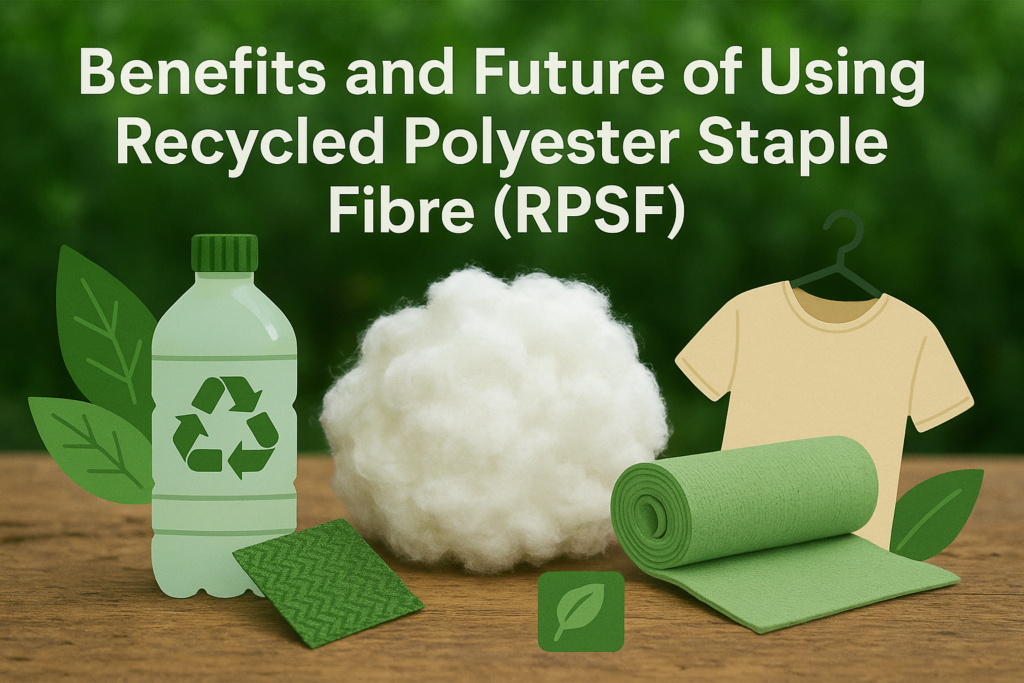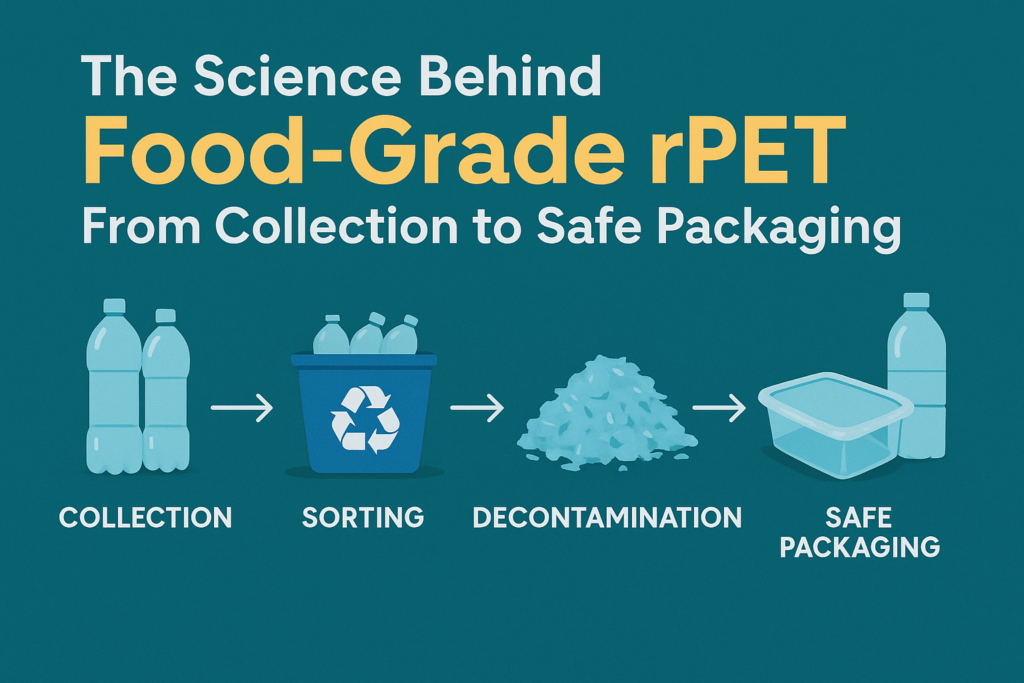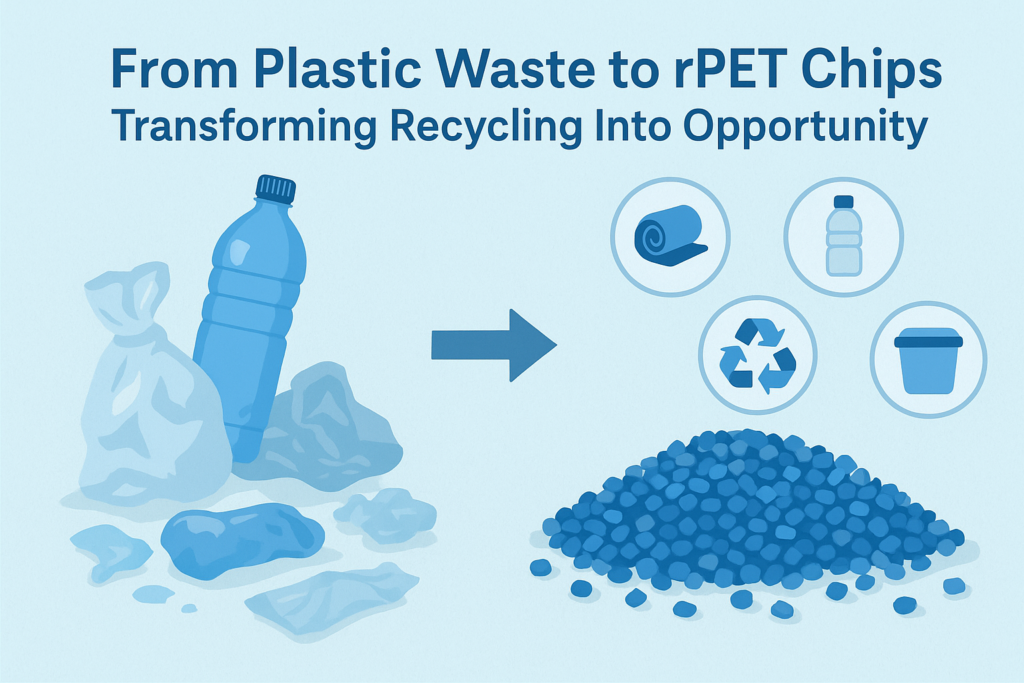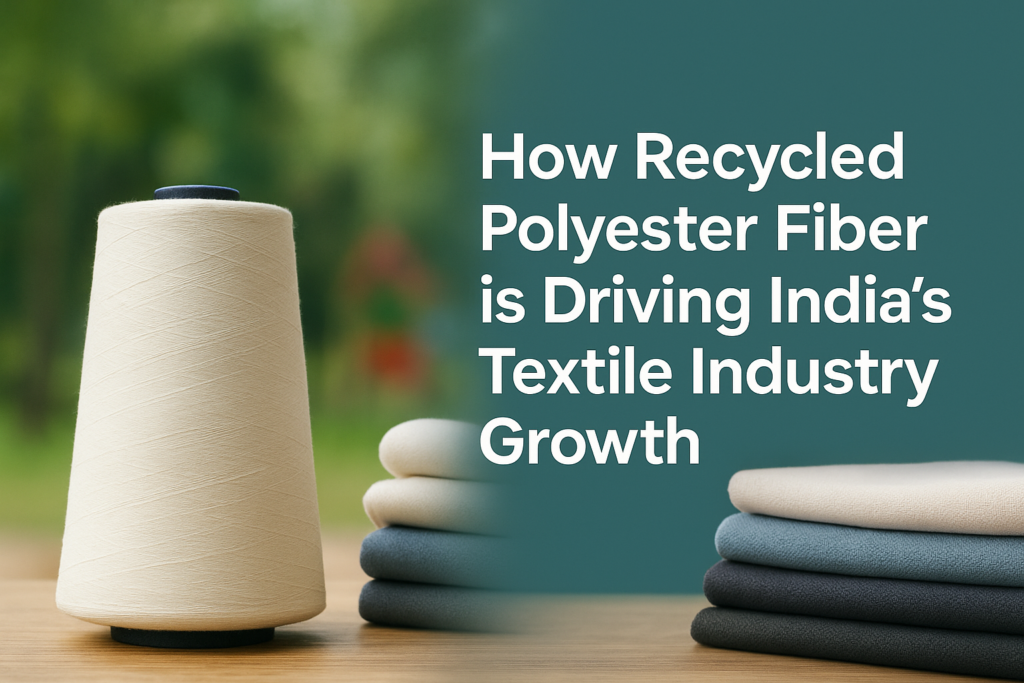Recycled PET (RPET) has become exceptional and more helpful in recent years. It has become easier to consume, shrinks down waste, and has set a high standard that has inched its way while retaining its essential quality, and people often seem to have an issue with that. This blog will discuss rPET and its most common misconceptions while clarifying its impact.
What Is rPET?
During the recycling of used PET (Polyethylene Terephthalate) bottles and containers, this plastic is typically rPET, which is obtained when this plastic is further processed. It becomes a brand-new material that can be used as packaging, textiles, or other products.
Myth #1: rPET is a compromise on the quality
Fact: The Certificated Standard offered to rPET is Virgin PET.
One of the strong misconceptions in public is that rPET products can never compete against rPET as they are made with virgin glucose. But it must be noted that movies with advanced technology fused with rPET are now widely used in performance, strength, and firmness more clearly than older films. Additionally, rPET is now commonly used in the food and beverage industry, making it the rPET standard.
Myth #2: rPET is unsuited for food packaging
Fact: All rPET materials are endorsed for carefully going through safety evaluations.
The widespread belief regarding rPET is that it is not fit for food-grade applications, but this remains unproven. After conducting specific tests, RPET used in food packages is always certified by competent authorities like the FDA and EFSA. These tests verify that rPET complies with rigorous manufacturer safety standards, making it a reliable choice for food and beverage containers.
Myth #3: Recycling PET Is Costlier Than It Is Worth
Fact: Recycling PET is economically savvier and helps save on costs.
The belief that recycling PET consumes energy presupposes an electric misuse significant to the surrounding environment. The technique of producing rPET has been shown to utilize dramatically more resources. rPET technology can potentially halt greenhouse gas emissions by as much as 40% in some locations. In this way, it is safe to say that rPET is more eco-friendly than whatever the industry’s current position.
The advantages of rPET on the Environment
1. Aids in Plastic Waste Decrease:
Recycling PET helps save millions of tons of plastic from being thrown away.
2. Contributes in Resource Management:
Greater depletion of new PET and fossil fuels utilized for its manufacture is lessened by reusing
3. Circular Economy Advocate:
rPET supports a sustainable approach to manufacturing by ensuring that materials are reused rather than wasted.
Resolving rPET Apprehension
Even though rPET does have its benefits, there are certain apprehensions, such as:
- Durability: rPET packaging is expected to possess similar strength to any virgin material.
- Aesthetics: With the development of technology, it can be ensured that versions made of rPET are of good quality.
- Cost: rPET requires more effort to process, which results in higher prices. However, it results in saving money in the long run.
Which rPET Should You Use and Why
The rPET is an ethical innovation that replaces plastic waste with sustainable services. The companies that use it have proved their corporate responsibility and commitment to preserving the environment and its core values.
Final Remarks
As consumers and businesses, knowing the truth about recycled PET is critical to making educated choices. The reality is that rPET is not the compromise many presume to be; it is an excellent, safe, and natural solution for the ever-growing waste plastic problem. Instead, if rPET is adopted, a greener planet and sustainable economic development are ideal.
Go rPET for a better future now!
